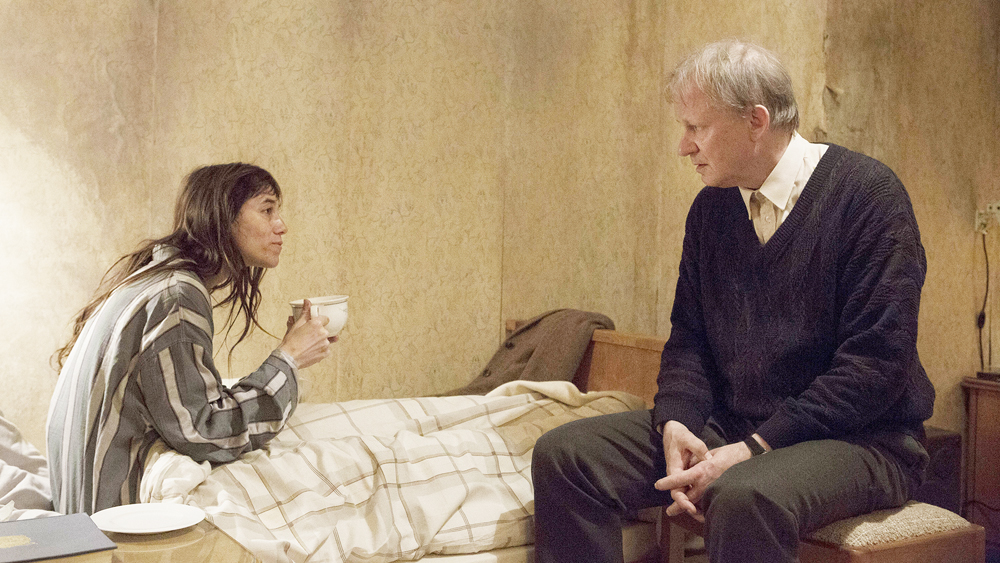It’s commonly understood that most college students have little to no money. Most live on financial aid, several part-time jobs at minimum wage or a combination of both. At a school like Portland State—an urban campus with a large student population—students have various housing options, both on- and off-campus. There’s no tried-and-true rule that living on-campus is better than living off-campus, or vice versa. Everyone has unique preferences. For many college students, the dilemma isn’t what classes to take next term or deciding between majors, the real dilemma is choosing where to live.
The student’s housing dilemma

It’s commonly understood that most college students have little to no money. Most live on financial aid, several part-time jobs at minimum wage or a combination of both. At a school like Portland State—an urban campus with a large student population—students have various housing options, both on- and off-campus. There’s no tried-and-true rule that living on-campus is better than living off-campus, or vice versa. Everyone has unique preferences. For many college students, the dilemma isn’t what classes to take next term or deciding between majors, the real dilemma is choosing where to live.
There are an incredible number of variables at play when deciding whether to live on- or off-campus: convenience, safety, travel time, comfort, amenities, neighborhoods, entertainment—the list is actually quite long. But one of the biggest factors that all students should take into consideration is cost.
Off-campus rates in downtown Portland can run high. One- to three-bedroom apartments near campus, like the Harrison Tower apartments, can range from $600–2,635 per month depending on apartment size. Some utilities often aren’t included in the price of rent. Outside of downtown, students can often find shared-housing situations that vary by price; however, there are some areas of Portland that are more expensive than others. Apartments and shared housing in the Northwest 22nd to 23rd Avenue area can cost $800 or more; housing in the Pearl District can also be expensive.
African studies freshman Kyla Damman, who used to live in PSU housing, prefers her current living situation. “I live in a five-bedroom, three-bathroom, two-story house, and there are six of us total,” she said. She pays roughly $650 per month for rent.
In comparison, on-campus studios and singles range from $468–1,377 per month, and doubles go for $505–770 per month. Proposed rates for 2012–13 depend on space size, building choice and the choice of furnished or non-furnished. All figures include utilities like electric, water, gas, local phone and wireless Internet, and some buildings offer cable TV.
Freshman ages 19 and under are limited to the Broadway and Ondine buildings, and are required to have a first-year meal plan, adding to the overall cost.
Off-campus students have to deal with landlord-tenant issues, like rent increases, various fees and deposits, and special restrictions, and most don’t have access to many free and routine maintenance services. Local attorney Craig Colby described common problems and legal issues that tenants run into around Portland, the most common being “repairs, with a special emphasis on mold. Mold results from water pooling in crawl spaces, roof leaks and improperly installed bathroom vent fans. Those are the landlord causes,” Colby said.
Landlord-tenant issues aside, living off-campus exposes students to parts of Portland they might not fully experience otherwise. For example, the Hawthorne district has numerous cafes, restaurants, bars and shops all nestled in a residential area. The Portland metro area is full of these “pocket” neighborhoods, like those on North Mississippi, Clinton and Belmont in Southeast, and Alberta and Albina in Northeast.
On-campus housing provides certain conveniences, like living in close proximity to the Center for Student Health and Counseling, easy access to bus lines and the MAX, and access to academic resources like the library and the writing center. Additionally, students can enjoy the college dorm experience of living within a community of similarly aged peers.
Social work junior Michelle Khalife enjoys the conveniences of on-campus living. “I was a transfer student coming here from the East Coast in March for my first quarter last year and had no idea how to get around Portland,” she said. “I personally love it. Who wouldn’t want to live on the park blocks where I live?”
On the other hand, some students dislike the lack of late-night activities on campus. Biology junior Nathan James pointed out that the area around campus is “just like a wasteland after 7 p.m.”
“There’s nowhere to go out really. It does seem like the campus could use a couple more bars,” James continued. Bar life can be a major factor, considering the average PSU student is over 21. Late-night food options near campus are also limited. During the daylight hours, the area is bustling with various food carts and cafes, but the Subway at the Vue Apartments is the only 24-hour restaurant nearby. McDonalds closes at 11 p.m., and Chipotle in the Broadway building closes at 10 p.m.
PSU and the metro area both have various things to offer and it’s important to keep in mind that yes, cost is a big factor, but other variables play major roles. Depending on personal wants and needs, searching for the right housing situation can be a task—but one that is definitely worth the extra effort.




